“Many members of the media and opponents of the president have used this issue [separation of children from immigrant families] to make it seem as if those who are tough on immigration are somehow monsters. Let’s be honest: while some of the concern is real, a lot of it is politically driven by liberals in politics and the media.”
The above is the conclusion of a two-minute “must run” that Sinclair Broadcast Group forced its over-100 local television stations to air. Read by Sinclair political director (and former Trump White House advisor) Boris Epshteyn, the attack on the media and those who might disagree with the president is no great surprise.
The Trump Federal Communications Commission has been working diligently since its first moments in office to help Sinclair expand this kind of political messaging. By rewriting the rules governing local broadcasting, the Trump FCC is allowing Sinclair to turn supposedly “local” television operations into a coordinated national platform for the delivery of messages such as the one cited above.
First, the Trump FCC resurrected a 30-year-old rule conceived for a different broadcast technology than exists today so that Sinclair could get out from under Congress’ decision that no broadcaster could reach more than 39 percent of households. It was a blatant move by the Trump FCC, and judges of the U.S. Court of Appeals had some harsh things to say about it in oral argument of a case challenging its legitimacy (now awaiting a decision).
Local television stations receive a license to use the public’s airwaves as a local outlet for local news and information. That is why Congress passed a law designed to protect local licenses from acquisition by giant national media companies.
However, the Trump FCC effectively allows a company to exceed the ownership limit. The agency replaced the rule prohibiting “sidecar agreements,” where a company claims not to own a station’s license despite collecting all the revenue, making all the hiring and programming decisions, and forcing the station to carry “must-run” content. Sinclair lawyers originally conceived these legal fictions to skirt the rules protecting localism, and the FCC rubber-stamped the charade.
Local television stations were licensed to multiple firms to promote a diversity of viewpoints. Using the public airwaves was supposed to deliver diverse editorial content and news coverage. When Sinclair “sidecar” stations, however, force their anchors to read from the same scripts as others in the market, even the pretense of independence and a diversity of voices disappears.
The Trump FCC’s decision to eliminate the requirement that a local broadcaster have a local studio ultimately showed the strategy that was afoot. You can’t have local programming if you don’t have a local studio! What you get is centrally-produced, non-local content like the “must-run” cited above.
The efforts of the Trump FCC to help Sinclair expand its national political propaganda machine have not even been subtle – nor have the actions of Sinclair Broadcast Group. Immediately after the election of President Trump, Sinclair announced the acquisition of Tribune Broadcasting even though the combinations would put them substantially over the ownership limits with reach into over 70 percent of American homes. Announcing a $3.9 billion transaction that was in violation of federal law per se was a strong indicator that Sinclair believed the Trump FCC would conveniently change the law to help them. There is an arrogance in engineering federal regulation to benefit a specific company – especially when the chairman of the Trump FCC has preached “regulatory humility.”
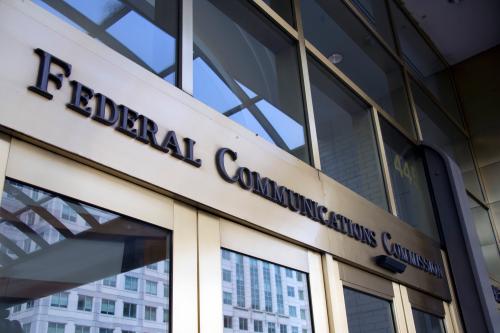

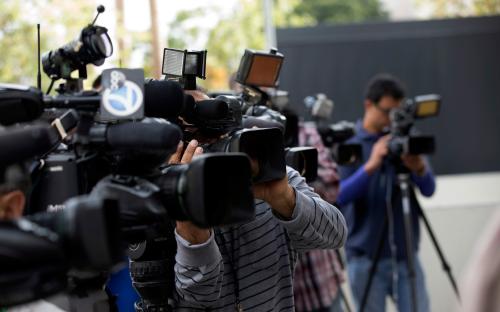
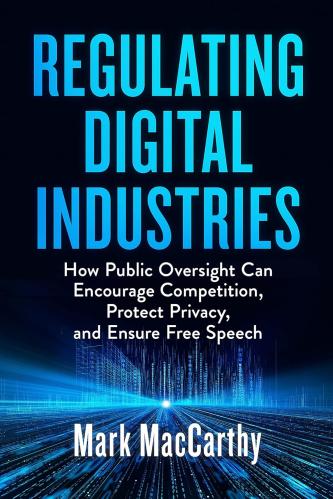
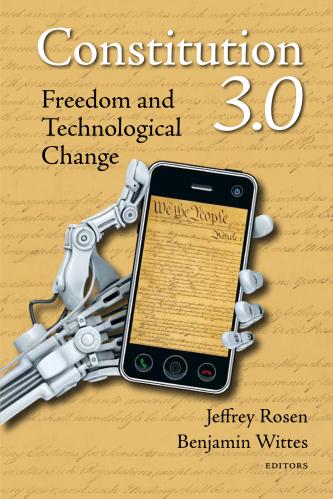


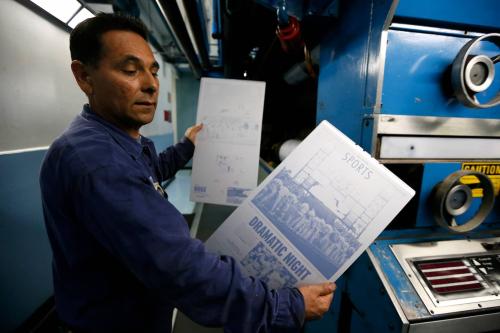

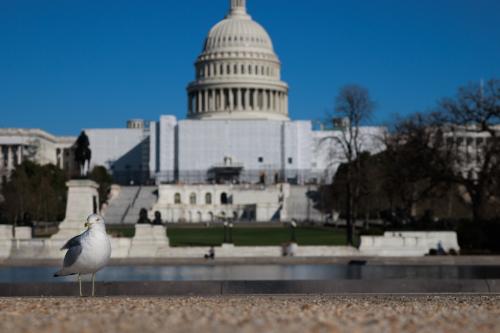
Commentary
A shameless effort to consolidate control of local broadcasters
June 27, 2018